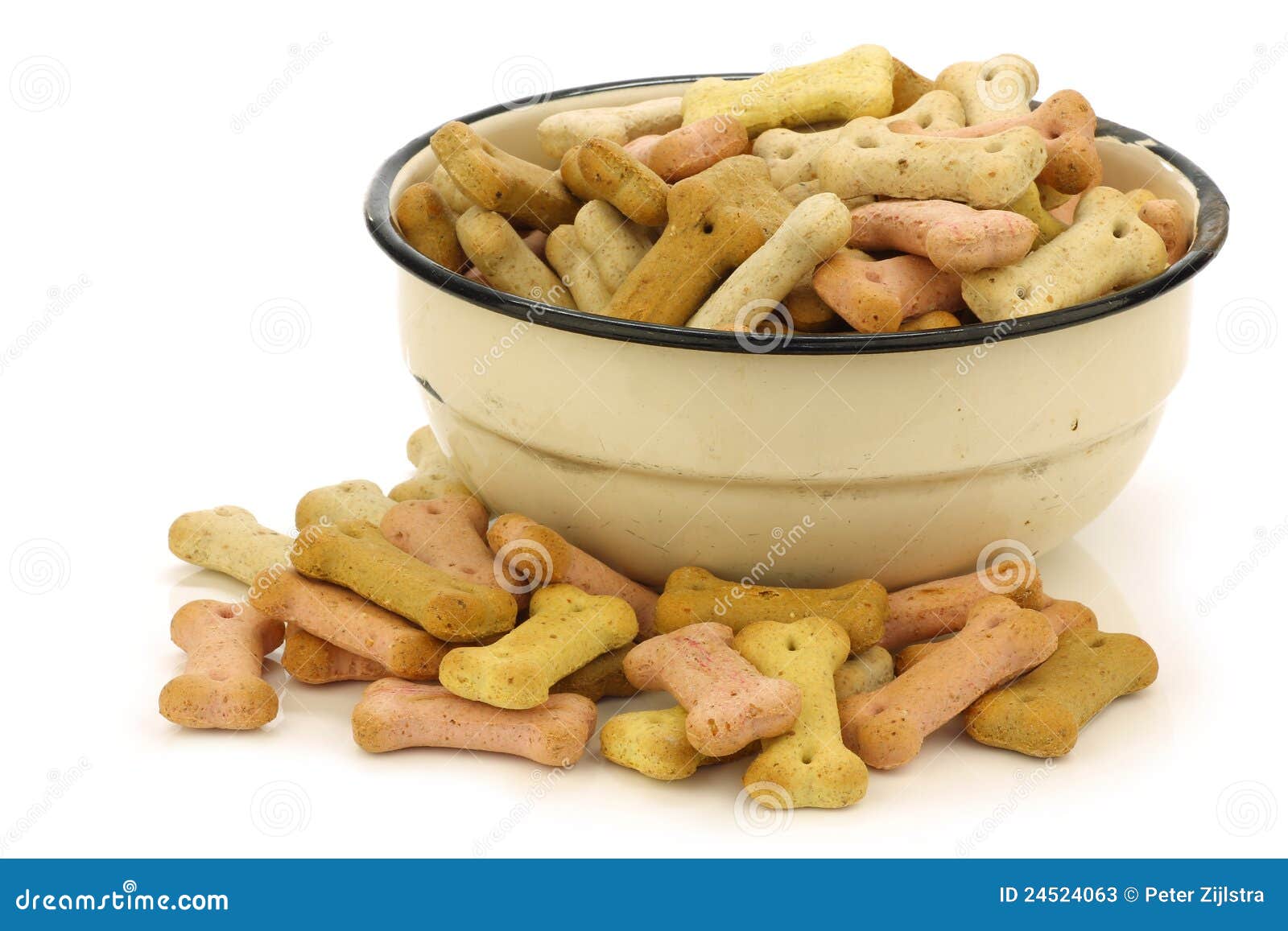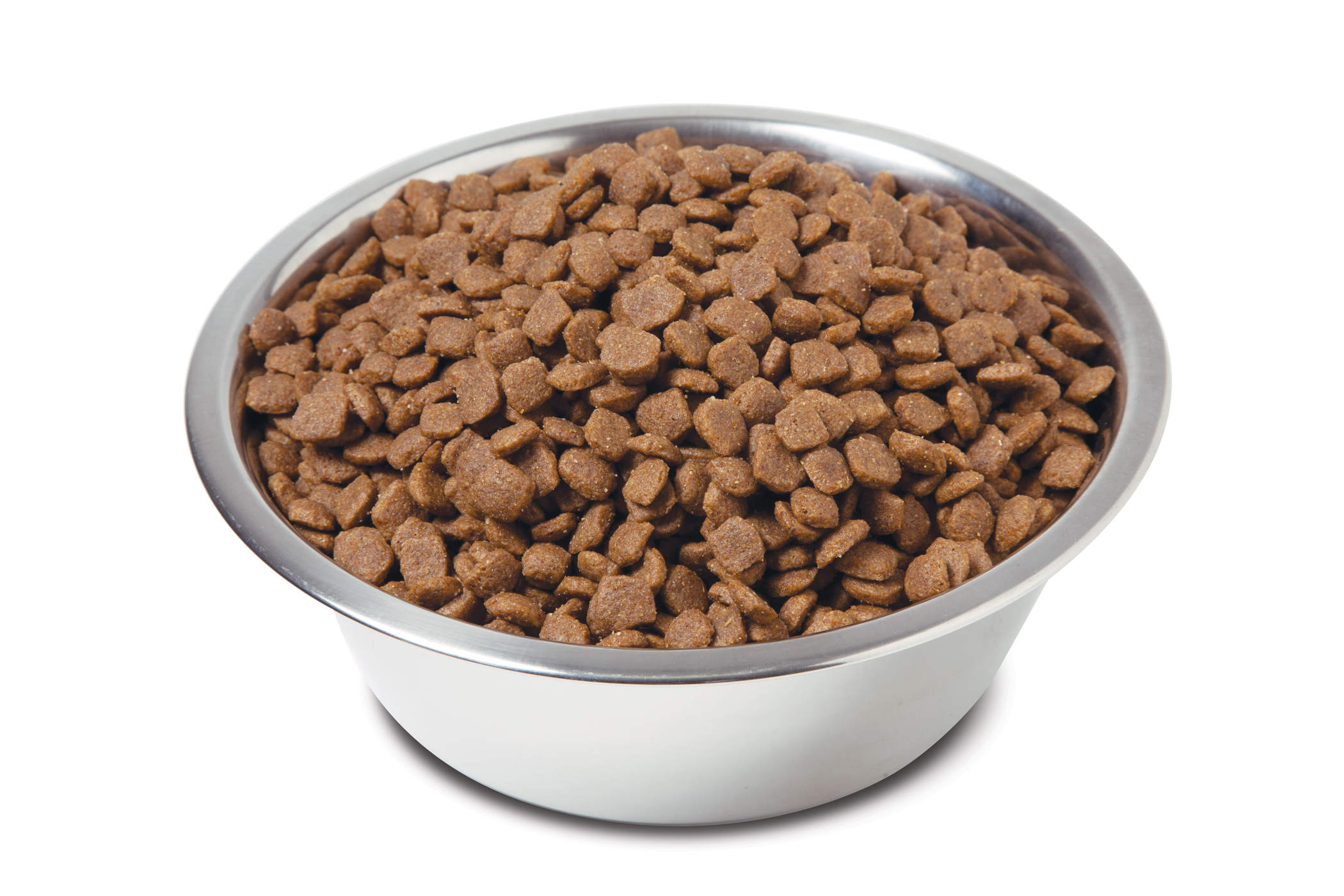Human Food That Is Bad For Dogs
Fellow Dog Owner, If You'd Cry If Your Dog Died, Then You Need To See This!
Discover The Deadly Secret The Dog Food Industry Spends Millions To Make Sure You Never Find Out!

Human Food That Is Bad For Dogs Choosing The Best Pet FoodBrowse any supermarket or pet food Human Food That Is Bad For Dogs store to purchase Dog Food and you will concur that trying to decide on what is best for your pet is definitely an exhausting job. Scanning the shelves of products accessible, you're inundated by meals extolling various health advantages in addition to a huge range of costs. The pet meals market is a multiple-billion dollar industry and commercial dog food producers are eagerly advertising for each dollar. Not only are they marketing us to dying, but also creating new products to put in entrance of us. Those items include Inchdried out", "cannedInch, "semi-dampInch and health targeted items such as Incholder", Inchhigh qualityInch and "gourmet.So which meals is best for your pet? Finding that out takes time and study. The simple truth is, the very best dog food is the one which fulfills your dog's dietary needs, which differ based upon the dog's grow older, type, body weight, inherited genes, and quantity of activity... and something that matches within your budget. It is definitely worth consulting a vet for the greatest advice and nutrition plan for the canine. But for those of you that are looking to take issues in your own fingers, you'll find detailed below the most important issues you will have to know.Dog Food LabelingSusan Powter comes to mind when thinking about Human Food That Is Bad For Dogs food labeling. Remember this legendary commercial star using the coined expression "Stop the Madness"? Her gospel about diet and the importance of studying the components on the side of the product packaging to distinguish the different elements and just how each plays its role in overall nutrition, was novel at that time. It seems that this was the beginning of the bulk movement to better diet, label reading and choosing products more very carefully.With all the recent commercial dog food product recalls, countless dog owners have prolonged this scrutiny to picking a dog food. But we can't draw in the Susan Powter gospel with this, simply because dog meals are produced under a number of different requirements and regulations, help with by the AAFCO ( The Association of yankee Feed Control Authorities ). You will find unique marking needs that need all dog foods to possess particular info on the tag. So, so that we all can create a proper choice for our dogs, we must understand how to read and comprehend the pet food label.The AAFCO puts out the official publication, on a annual basis, detailing unique requirements for dog food. Amongst all the different requirements, they request all dog food producers to adhere to tag regulations and must consist of on the bundle the next: Item Name Assured Evaluation Nutritional Adequacy Statement Giving InstructionsThe Name GameWhen looking for pet food, what's the very first thing you look at? The product title, of course. We've all strolled down the pet food aisle and seen the product titles leap out as us...phoning us. Shown in bold kind and fancy fonts such explanations as InchWith Poultry", "All Life StagesInch, "Duck MealInch, "95% Beef", InchOrganic Pet FoodInch. But exactly what do these explanations really imply? Could it be just extravagant advertising? The AAFCO has set forth rules that determine how ingredients can be used in a product name.95Percent Rule Applies to most processed dog food that consists mostly of beef, poultry or fish. Identifies that a minimum of 95Percent from the pet food should be the named component on the tag, not keeping track of water and chemical preservatives added for digesting. Keeping track of water, the product should nevertheless consist of 70% from the item. If the title consists of a mixture of ingredients, the 2 combined should equal 95%. The rule only pertains to components of pet source, so whole grains and vegetables can't be included in the 95Percent guideline. Therefore if the product title was InchMeat and Brown RiceInch, the product would still have to consist of 95% meat.25% or InchSupper" Rule This guideline pertains to numerous canned in addition to dry canine meals.
Human Food That Is Bad For Dogs

Human Food That Is Bad For Dogs When the Human Food That Is Bad For Dogs named ingredient, or a combination of ingredients, located on the label includes 25% of the fat (but less than 95%) excluding water for adequate processing. The title should include a descriptive phrase, for example "SupperInch, "PlateInch, InchMealInch, or "MethodInch. If several ingredient is incorporated in the name, they must each total 25Percent combined, with each called component equaling or exceeding 3Percent.3% or "WithInch Rule Originally, this rule was meant to apply only to components highlighted around the bundle, outside of the item title. It enables producers to highlight minor components. The component must have a minimum of 3Percent added. The guideline now allows manufacturers to make use of the word "WithInch within the product name.Be careful when studying your dog meals tag because "Meat Pet FoodInch and "Dog Food with BeefInch are not the same. The very first must have 95Percent beef, while the latter only requirements 3Percent.Flavor Rule A percentage associated with a one ingredient Human Food That Is Bad For Dogs isn't needed. The term InchFlavorInch must appear on the tag within the same font dimension and colour because the ingredient title. The flavor may be the corresponding component, but generally, it is an additional material such as "mealInch, Inchby-item", a Inchstock" or perhaps a "brothInch.Assured AnalysisThe assured evaluation is the subsequent component that needs to be on the pet food tag. It serves as a general guide in regards to what the rates from the main vitamins and minerals and other merchandise is within the total makeup from the item. At the bare minimum, the guaranteed evaluation must contain the next: Minimum Number of Protein Minimal Number of Fat Maximum Number of Dietary fiber Maximum Percentage of MoistureGo ahead and look at your tag at this point. View it there? Great. Now, if you have a can of dog food along with a bundle of dry dog food available, take a look at both labels. Following careful analysis you might want to ask, InchHello Erina, I notice when examining both labeling the dried out pet food has way more nutrients. I figured canned food experienced way more protein...what gives?InchTake this into account, as I have seen this as well, that the levels of proteins along with other vitamins and minerals mentioned around the labeling seem to be much less for canned as opposed to dried out, but looks are deceiving. The main reason? Differences in dampness content. Canned pet food, on average, includes 75Percent drinking water, whilst dried out dog food consists of about 10Percent. So to create a true assessment of the nutritional levels, we need to put both types on a single playing field. To get this done, we are transforming each items to dried out matter.To transform the nutrients, we need to dust off our calculators that people last used in high school, in order to do some mathematics. (And also you said to your math teacher, InchI'll never use this in the real world!"), But I digress. Here's the formula we are using:Percent Guarantee split by % Dried out Issue multiplied by 100InstanceIn one corner, we have a canned pet food which has a guaranteed analysis consisting of 9% protein, 6% fat, 1.5% fiber and 78% moisture.Within the other part, we have a dry dog food which has a assured evaluation consisting of 24Percent protein, 14.5% fat, 4Percent dietary fiber and 10Percent moisture. Dried out few canned: 100 - 78 Equals 22 Dried out few dry: 100 - 10 = 90 Now we are able to do our calculationsProcessed Pet Food Protein: 9 / 22 by 100 Equals 40.9Percent Fat: 6 / 22 by 100 = 27Percent Fiber: 1.5 Or 22 by 100 = 6.8PercentDried out Pet Food Protein: 24 / 90 by 100 Equals 26.6% Body fat: 14.5 / 90 by 100 Equals 16.1% Dietary fiber: 4 Or 90 by 100 = 4.4PercentSo following were done, have you detected the protein? The canned dog food really has 14% much more proteins.Dietary Adequacy StatementYou have often seen it on the labels..."CompleteInch, InchWell balanced", "For All Lifestages", among others. But how are these statements substantiated? What guidelines have established yourself to regulate such verbage? The answer is established, once more, by the AAFCO.The Nutritional Adequacy Declaration is needed and is one of the most significant facets of a dog meals label. This statement assures us that a product meets all of a pet's nutritional needs. Just how is really a dog food substantiated for nutritional adequacy? They have to use one of two ways:CalculationsThe technique where your dog meals contains components developed to supply amounts of nutrients that fulfill an established profileCalculations estimate the amount of vitamins and minerals either by an average nutritional content material of components or results of laboratory tests utilizing regular chemical substance evaluation.If it meets the profile set by the AAFCO, the tag will carry a statement the following: Inch(Name of product) is formulated to meet the nutritional levels established by the AAFCO (Canine) Meals Nutrient Profiles for (particular life stage).InchGiving Trials The product (or a comparable product produced by the same organization) has been tested in dogs under rigid recommendations and located to provide correct diet Whether it meets the user profile set by the AAFCO, the tag will have a statement as follows: InchPet giving tests utilizing AAFCO procedures verify that (name of product) provides complete and balanced nutrition for (specific life stage)."The Nutritional Adequacy Declaration will even include a statement about which life stage(utes) the dog meals are ideal for. Two profiles are used. Below is a meaning of every and additional details about other profiles: Growth/Lactation - An item intended for expanding young puppies, for pregnant canines or breast feeding females. Upkeep - Suitable for anyone, no-reproducing canine of regular level of activity, but may not be sufficient for a expanding, recreating, or diligent canine. Terms like InchOlderInch or InchFormulated for Large Type AdultsInch indicates the dog food fulfills the requirements for that Upkeep profile, but anything. Something that doesn't fit within the two profiles above should suggest that "The product is meant for sporadic or additional giving,Inch other than if it is plainly recognized as a snack or treat.Feeding RecommendationsFeeding recommendations are extremely wide, to say the least. At least, they ought to include coaching like "Feed ___ Mugs Per ___ Pounds." But keep in mind that these instructions are very tough estimates. Many people feed their canines way too much. Actually, 25Percent of all dog's are obese...leading to issues for example: Diabetic issues Arthritis Heart and Liver Problems Bladder CancerYou need to deal with the guidelines like a place to start. Engage with your vet about your pet food and how a lot to feed. They understand that dietary needs differ and, by understanding your dog, they will be able to recommend a giving routine based on a number of elements including: Age Bodyweight Type Genetics Activity Level
(Product search information : 10out of 10based on 35 ratings.19 user reviews.)
Tags : How to Human Food That Is Bad For Dogs,Method Human Food That Is Bad For Dogs,Handbook Human Food That Is Bad For Dogs,Final Human Food That Is Bad For Dogs,Help for Human Food That Is Bad For Dogs,Popular Human Food That Is Bad For Dogs,To Learn Human Food That Is Bad For Dogs,To fix Human Food That Is Bad For Dogs,Scam Human Food That Is Bad For Dogs,Bonus Human Food That Is Bad For Dogs
No comments:
Post a Comment